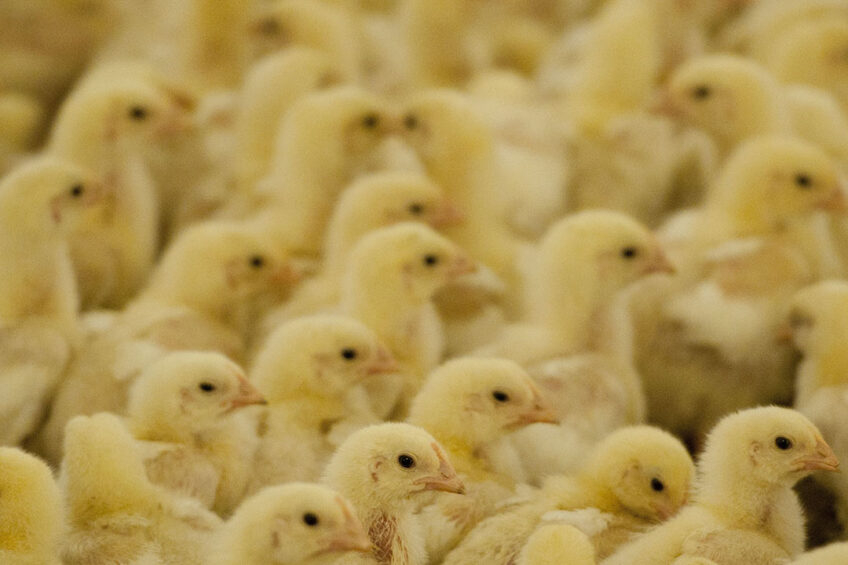November 27, 2025 | 15:51 GMT +7
November 27, 2025 | 15:51 GMT +7
Hotline: 0913.378.918
November 27, 2025 | 15:51 GMT +7
Hotline: 0913.378.918

Ukraine is Poland's largest importer of day-old chicks. Photo: Mark Pasveer
Poland confirmed an outbreak of Newcastle disease on 12 July at a poultry farm near Topilec in Podlaskie Voivodship. This is the country’s first case of Newcastle disease in 49 years.
The National Chamber of Poultry and Feed Producers (KIPDiP) said in a statement that the ban caught Poland’s poultry business by surprise. As a result, nearly 0.5 million day-old chicks ordered by Ukrainian farmers were stuck at customs. A real drama is unravelling at the Poland-Ukraine border, as the chicks may soon die in terrible conditions, KIPDiP said, adding that the veterinary officials do everything they can to avoid such a scenario.
In the meantime, Katarzyna Gawrońska, director of KIPDiP, expressed an opinion that the Ukrainian poultry ban is not fully justified. She explained that Newcastle disease was discovered on just 1 farm in Poland, and most imports come from unaffected provinces.
“Basing on [veterinary] procedures agreed by Poland and Ukraine, the ban on the import of live poultry and poultry products should cover only 1 Polish province, while the Ukrainians blocked the [import] from the entire territory of Poland,” Gawrońska said.
KIPDiP estimated that Poland’s hatcheries are likely to suffer from the import ban. Ukraine is Poland’s largest importer of day-old chicks, with supplies reaching “tens of millions of heads per year”.
Import restrictions on day-old chicks could also add problems to the Ukrainian poultry industry, which is battling a hike in production costs. The Ukrainian association of poultry breeders warned about a tangible rise in poultry prices on retail shelves in September.
From 1 July, the government abandoned soft taxation of fuel. As a result, the VAT rate on petroleum products is set to rise from 7% to 20%, the excise tax on gasoline by €213 per 1,000 litres, on diesel fuel by €139.50.
In addition, a sharp rise in electricity tariffs also is expected to take a heavy toll on operations. Electricity accounts for 7-12% of production costs in the poultry industry, and for some products, this figure reaches 30%.
“However, it should be understood that manufacturing poultry products consists of various stages, and at each of them, we will have an increase and, accordingly, the final product cost will grow exponentially,” the poultry association warned.
(PW)

(VAN) A new study reveals how the simultaneous effects of ocean acidification, salinity and loss of oxygen are making the world more fragile.

(VAN) Hopes are growing that the creation of the first 3D turkey gut model could be a turning point in the battle against the virulent blackhead disease.

(VAN) Tyson, America’s biggest meat supplier, plans to shutter one of its largest beef processing plants as the industry continues to struggle with low cattle supplies and political pressure from Washington.

(VAN) New FAO study shows how digital solutions are empowering farmers and fishers to prevent losses and build resilient agrifood systems.

(VAN) Brazil's COP30 presidency pushed through a compromise climate deal on Saturday that would boost finance for poor nations coping with global warming but that omitted any mention of the fossil fuels driving it.

(VAN) Poultry farmers in the UK have been warned that they could face one of the worst winters yet for bird flu.

(VAN) Prices of main-crop paddy have risen sharply, with jasmine rice hitting 16,100 baht per tonne — the highest level in years.